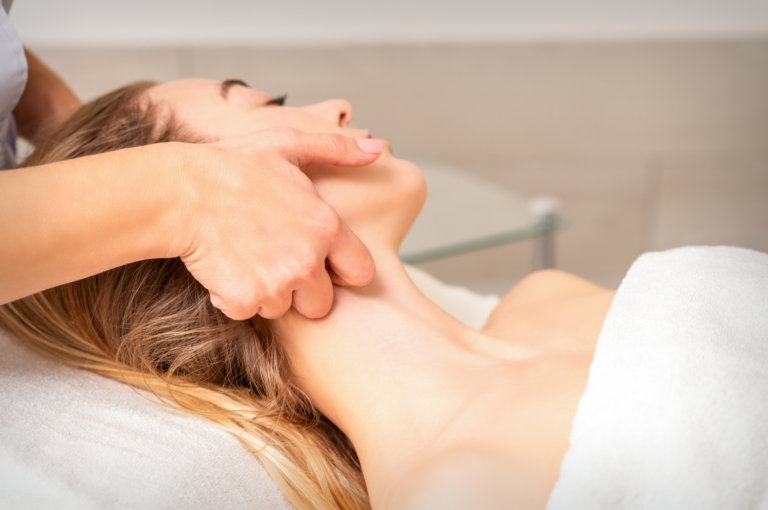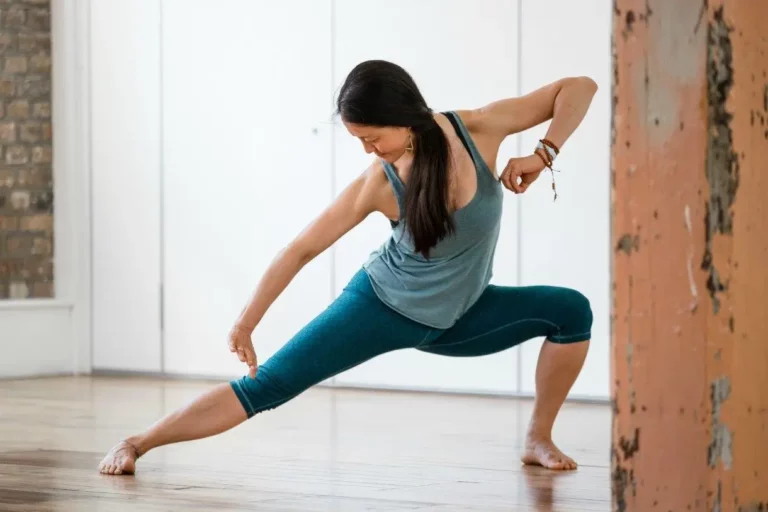How are you spending your daily dose of outdoor exercise? A daily walk has become a popular choice for many of us, and a welcome chance to breathe in some fresh air and take in a bit of nature. Phil Bishop (one of the amazing teachers who are part of our newly launched schedule of online classes) explains a few movement exercises to help get the most out of our stroll and keep our bodies supple and mobile.
I hope this finds you all safe and well. Using movement and exercise for mobility and general health has been a strong message before our current situation and it’s even more important now that we’re spending so much time inside.
Making activity fun and giving yourselves time to get used to new exercise forms will build a strong base to work from. Trying to snatch a bit of time to move can lead to us throwing ourselves into exercise, risking aches and pains, so take time to warm up and it will pay off in the long run. Here’s a reminder of my warmup points:
The warmup increases core temperature and improves:
- Blood flow to the muscles.
- Ease of movement within the muscles and soft tissues.
- Increases the ability of the muscles to exert force and produce power.
Warmups can include a mix of slow and dynamic mobility exercises, taking your joints through an increased range of motion in preparation for your main exercises. Let the movement do the work for you rather than forcing it. Focusing on your breath and finding an even rhythm can really help.
Cardio fitness is also important and walking can fulfill a number of functions as well as helping with circulation and the inevitable cabin fever.
A spring in your step
About 1.89 million years ago homo erectus evolved. Our ancestors were making the transition from quadruped to biped, from all fours to roaming the Savanna.
A stable gait requires step-to-step repeatable walking that’s resilient to external and internal perturbations. For external perturbations, think uneven ground or spotting a large predator in the long grass; for internal perturbations, the amble home after too long in the pub while texting.
It takes about two years or more for a child to develop their independent gait pattern. With our hands free and our line of sight raised, we humans are well-equipped to travel through and adapt to our environment.
When we walk and run, energy is stored and released in the tendons and connective tissues. Interestingly, it is estimated that nearly 50% of the total mechanical energy of our body is stored in the tendon and arch of the foot during stance phase (weight bearing) when running. Through this use of the tendons and connective tissues we greatly enhance the efficiency of our movements.
Walking and thinking
Studies have shown a change in gait pattern when a simultaneous cognitive task is introduced. We tend to slow down when listening or thinking, and we often do this by increasing our stride length.
Cognitive function is linked to quality of movement, and we now know that movement and exercise has positive effects on the brain. Our nervous systems are continually adaptive. It is thought that this link between physical activity and brain health traces back to our development as hunter gathers.
Thinking and walking
The Hippocampus is the area of the brain made famous by the London cabbie. You will remember they have large ones due to using their memory to map the streets, rather than using Google maps. It is also associated with memory difficulties and neurodegenerative diseases such as Alzheimer’s.
People who spend more time engaged in moderate to vigorous physical exercise have been shown to have larger hippocampal volumes. Orienteering (running and navigating) may be the holy grail for brain health.
Meanwhile the rest of us should take the stairs and walk whenever possible to help maintain our mental and physical health.
Walk strong
The arms and trunk provide stability and balance during walking. Sarcopenia or age-related loss of skeletal muscle and strength affects walking. When we lack strength to stabilise and balance, we have to alter how we walk. Lack of posterior hip strength can lead to the forward trunk position sometimes seen in the elderly.
By maintaining our trunk and hip strength we can maintain our quality of movement and walking. This can be done effectively in the quadruped position.
Trunk exercise
Superman
- On all fours with hands underneath your shoulders and knees under hips
- Slide your left hand forward along the floor and your right foot back along the floor
- Focus on what’s happening in your trunk, for example: limiting excessive spinal movement and weight shift as you move your limbs. As you are confident that you have trunk stability, the limbs can be raised to parallel to the floor
Hip and trunk stability
Dog and lamppost
- Holding the quadruped position with your knees together
- Maintain your torso stability, for example: ribs slightly lifted and broad between your shoulder blades
- Raise one leg with the knee staying bent out to the side
- Lower then repeat opposite side
Thinking feet
Proprioception or kinesthesia is the body’s ability to sense its location, movement and actions.
Balance and stimulation of the feet
- Balancing on one foot.
- Rolling the foot on a tennis ball
- Griping the ball with the toes
- Drawing the big toe back with your hand or by raising your heel with the ball of the foot on the floor
- Raising your big toe with the rest of your foot on the floor
Caterpillars
- Lying on back with your knees bent at 90 degrees and your feet flat on a wall
- Feet are parallel and hip width apart
- Draw your heels up the wall using your toes arching your feet. Flatten the foot and repeat to caterpillar your feet up the wall then reverse back down to 90 degrees at the knee
Phil teachers Pilates for Back Care on Tuesdays at 11.30am. Click here to view our online class schedule.
Phil has been a practitioner of Sports Massage for more than 20 years. He is also the only triyoga therapist who combines his massage practice with Pilates instruction. The Pilates sessions allows Phil to identify and work on specific postural issues that are often the underlying cause of muscular complaints, and then tailor the follow-up Sports Massages to treat the specific problems. Phil’s target is to lead to economy of movement for every client through identifying and working on changing habitual body patterns.










